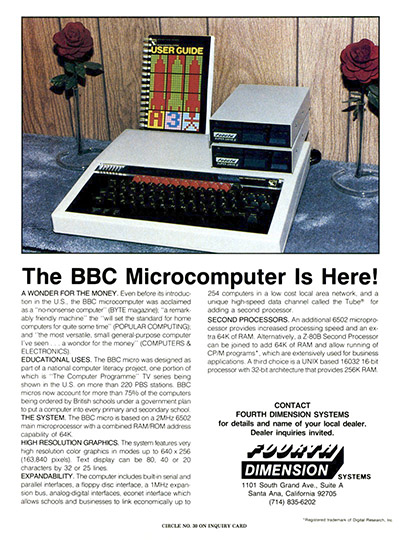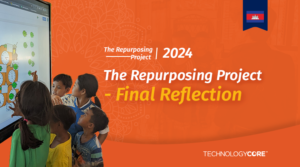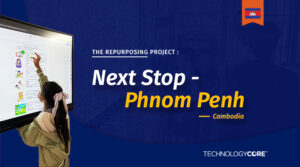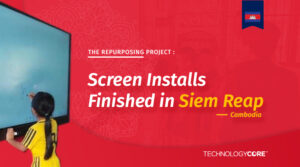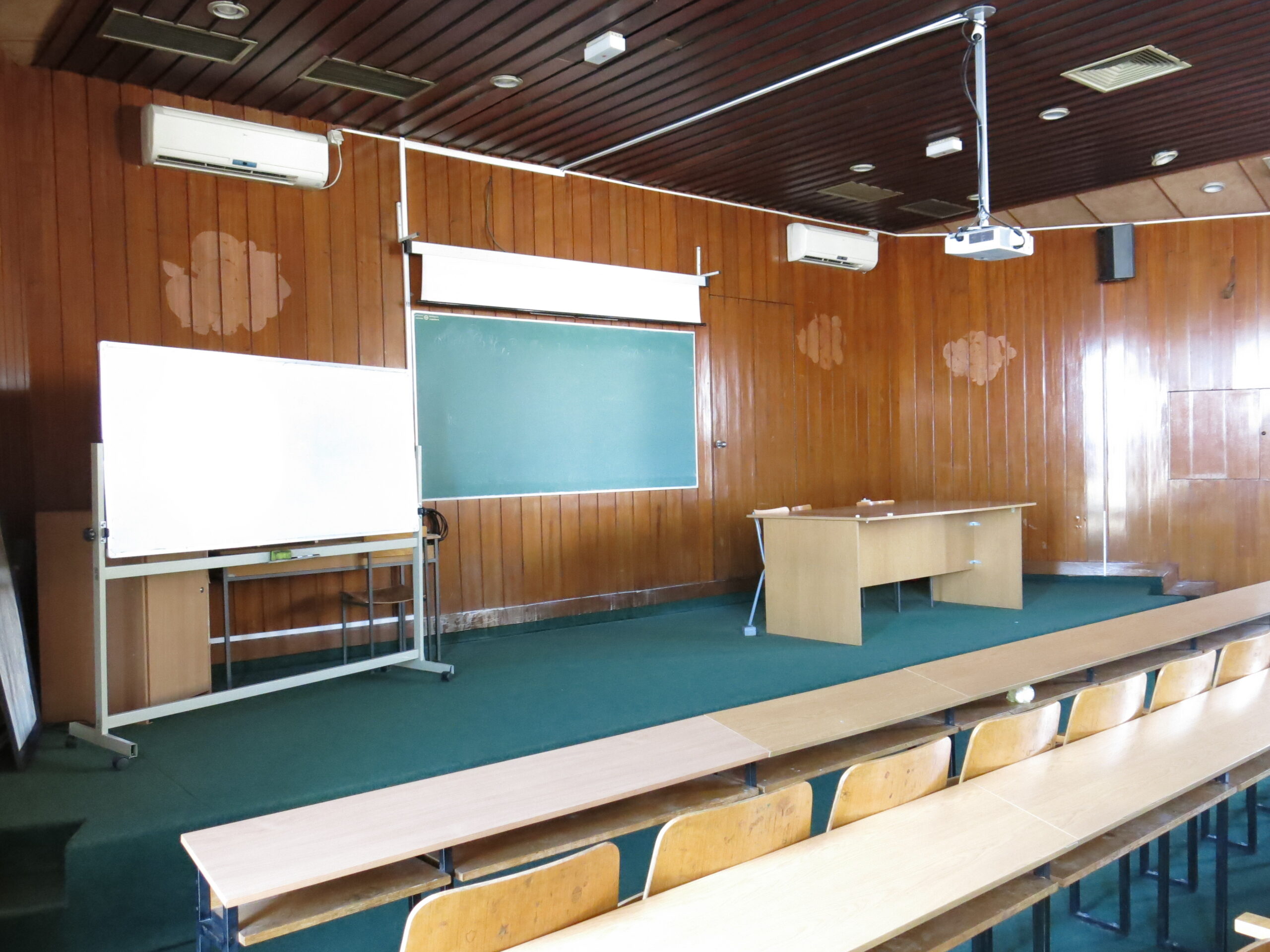
Engaging students is hard.
There are countless distractions across the day that take away from learning. Further, people being people all learn differently and that requires approaches where you can hook the majority of those you are working with and are able to tweak your lessons to capture the rest. So, what can we do to get our students learning in the best way possible?
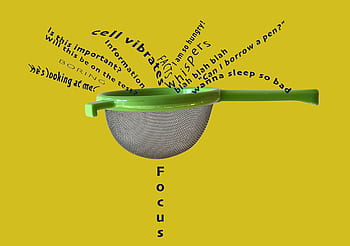
The traditional chalk and talk approach to teaching is slowly being replaced by a more student lead approach where the students have increasing agency with how and what they are learning. The challenge to educators is how they can bridge the divide between following curriculum demands, making sure their students get all the learning opportunities, approaches and information they need to learn and making sure the students are able to have a say in what and how they learn.
A tough call indeed.
This is where allowing the students to interact with their learning can make a difference. Many explicit teaching methods follow a similar practice to “I do, we do, you do” and having an interactive screen allows you to work on all three areas to help students understand the concepts you are teaching.
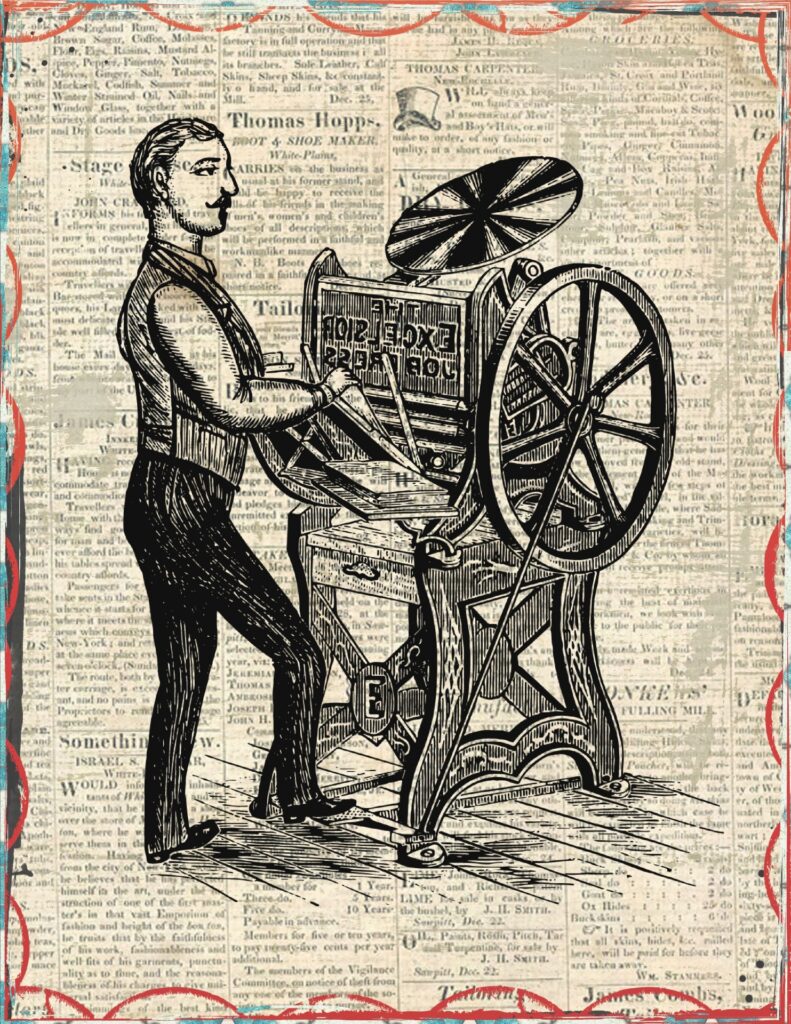
Initially teaching meant teachers talking and students listening intently with minimal tools used to help those interactions. With the invention of the printing press, education as we know it now began. For many years most students interacted with their learning in minimal ways by either reading books and writing what they have found, listening and writing down information given to them or reading out loud what they were learning. The tech involved was simple. Books, paper, pens, pencils, chalk and blackboards were pretty much all that was there for a long history of teaching. If you were lucky, you were allowed to use physical objects for topics such as science and biology where you could interact with what you have learned on a deeper level than reading or writing about a topic.
When people harnessed the use of electricity, interactive technology rapidly expanded. There was the telephone, arguably the greatest use of interactive tech where communication using technology was truly equal between people, but not very handy for teaching in a classroom.
With the radio, broadcast lessons could now be sent to many students across multiple schools in a large area, but again not very handy for inter-activeness, but did give teachers a chance to do some marking, if I remember my days of being a young student listening to the ABC Sing! music series correctly.
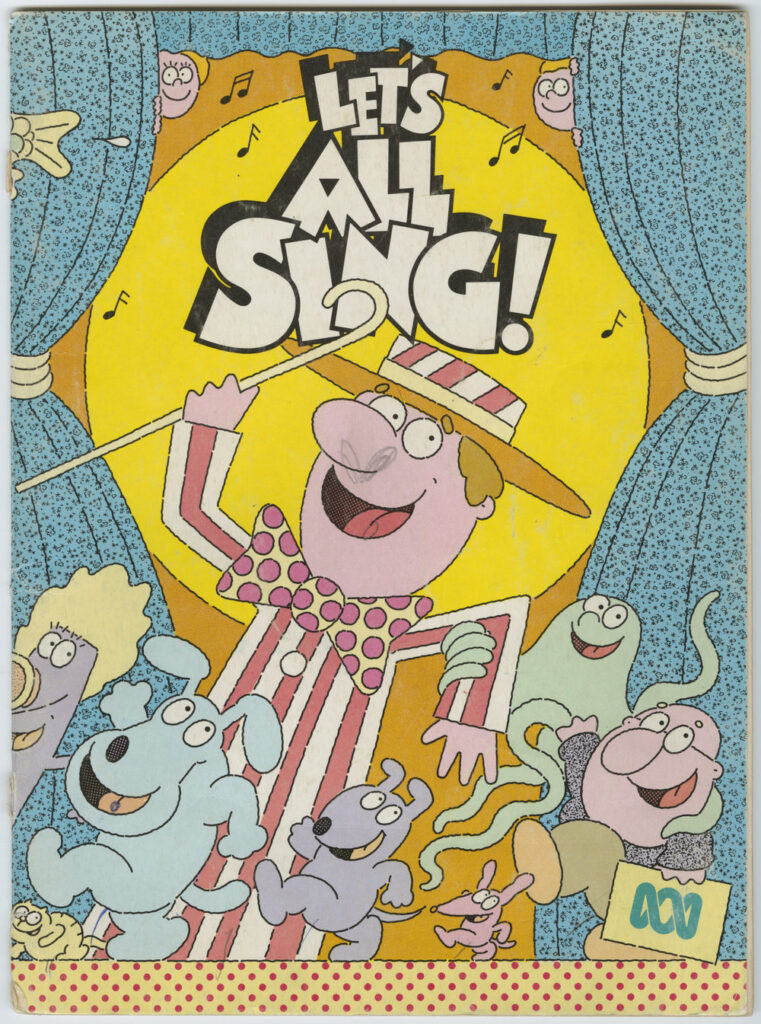
However, the rise of the television gave students a chance to now see more information on what they had been taught in a visual manner and coupled with video players, gave teachers a chance to break up the video with key learning points. This led to richer discussions around topics and the nature of learning through the screen meant engaging students in another way than listening to their teacher.
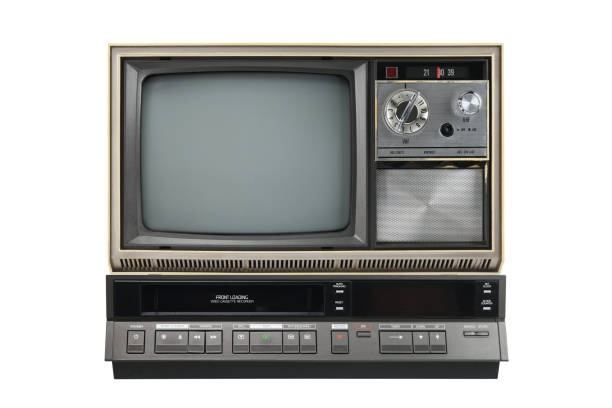
If anyone is of an age to remember the TV/video combinations, they’ll remember they weren’t exactly mobile but gave a lot of us a chance to be interested in more than just what the teacher was saying, or an escape from the drudgery of book-work!
Computers took that engagement to the next level, and finally students had ways of interacting more meaningfully with technology to enhance their learning. Students could use and create programs that gave them rewards for their learning, hooked them and became a way to engage with topics that traditionally were dry where some students were not able to find fun in any way. Students could interact with that information in a number of ways. They could see images, hear sounds, type in responses, click on objects and manipulate them with a mouse or controller in ways that books, radio, TV and a dull teacher could never match.
But how to harness that technology in a way that could benefit teaching a whole class? Creating engaging lessons using the screen became more prevalent in teaching and ways to mix that screen use with interactions in the class were created. Some of the first screen-based technology used in the classroom were over-head projectors that allowed a teacher to write on a transparency and display it on a screen. Although this allowed for lessons to be created in advance and a teacher could mark-up their drawings it had a number of limitations that meant it wasn’t much better than a traditional board. It was simple tech however, and every classroom had one ready for use, if the bulbs weren’t blown or there weren’t fingerprints on the lenses…
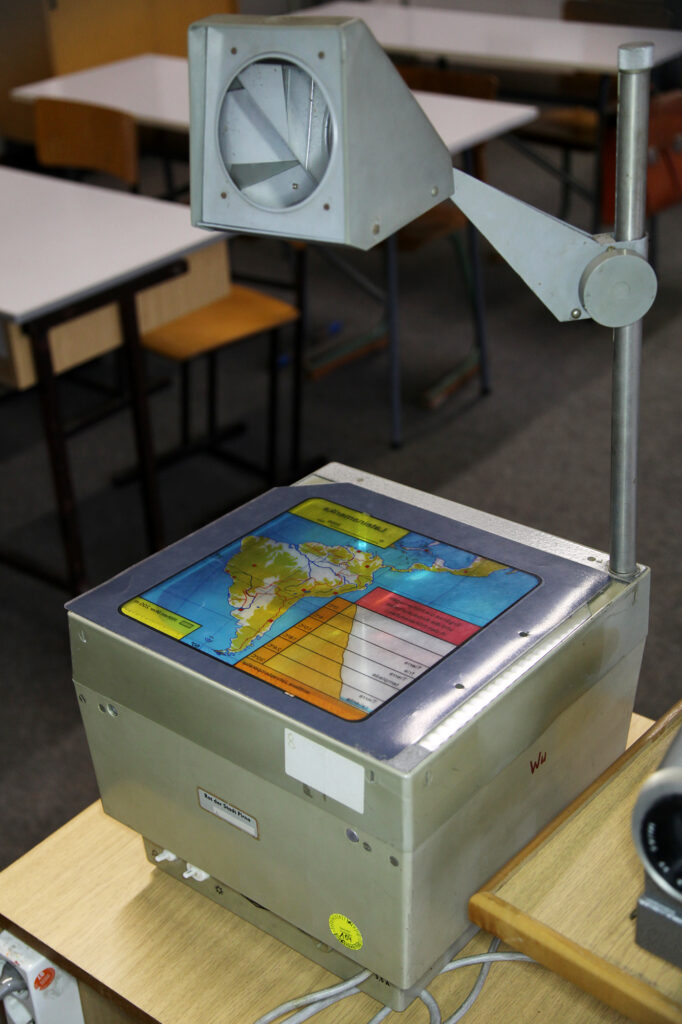
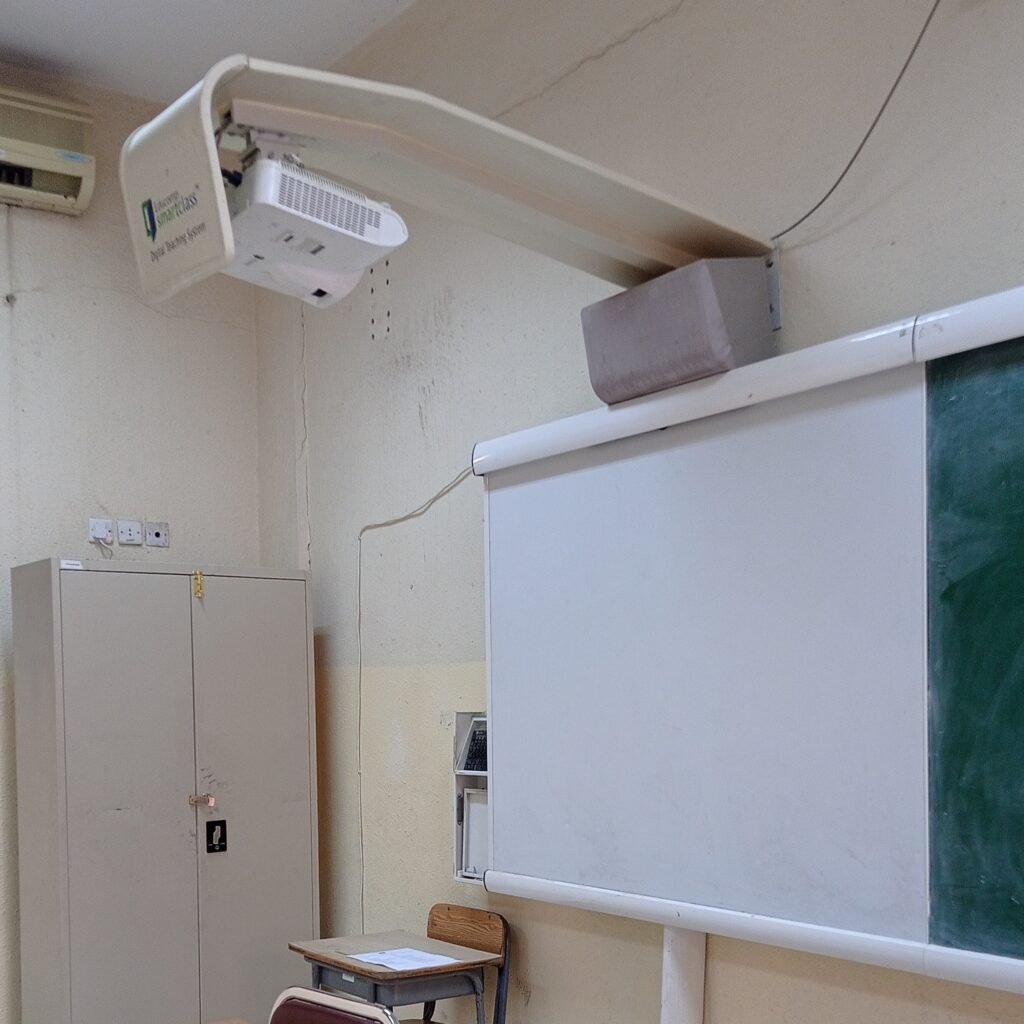
An extension of the over-head projectors came about with projectors that allowed for a PC to be connected that gave the class a chance to draw and “ink” over what was on the screen. The so-called Smartboard had arrived. Finally, teachers and students could watch something on the screen and interact with what they were seeing using a stylus that acted as the pen with sensors build into the screen or projector that could sense where the pen was. This worked well but had some limitations in that teachers were constantly having to calibrate and re-calibrate the screen to make sure the pen was writing where it should be.
In classrooms that got hot or cold this caused much grief, but teachers could now highlight learning areas during lessons and could have the students become involved in what was happening on the board in ways that could now be recorded and saved and was closer to what they saw when they played games.
Touchscreen technology had been around since the 1960’s and showed that a person could physically interact with the screen to navigate and manipulate what they were seeing, however the size limitations of CRT (cathode ray tube) televisions meant it was impractical to use in the classroom in any meaningful way as large screen TVs were extremely heavy and difficult to move. During the 1990’s, flat panel screen technology improved to make screens thinner, lighter and bigger, and with that came serious investment in creating screens that would be fully interactive and replace the projectors in the classroom.
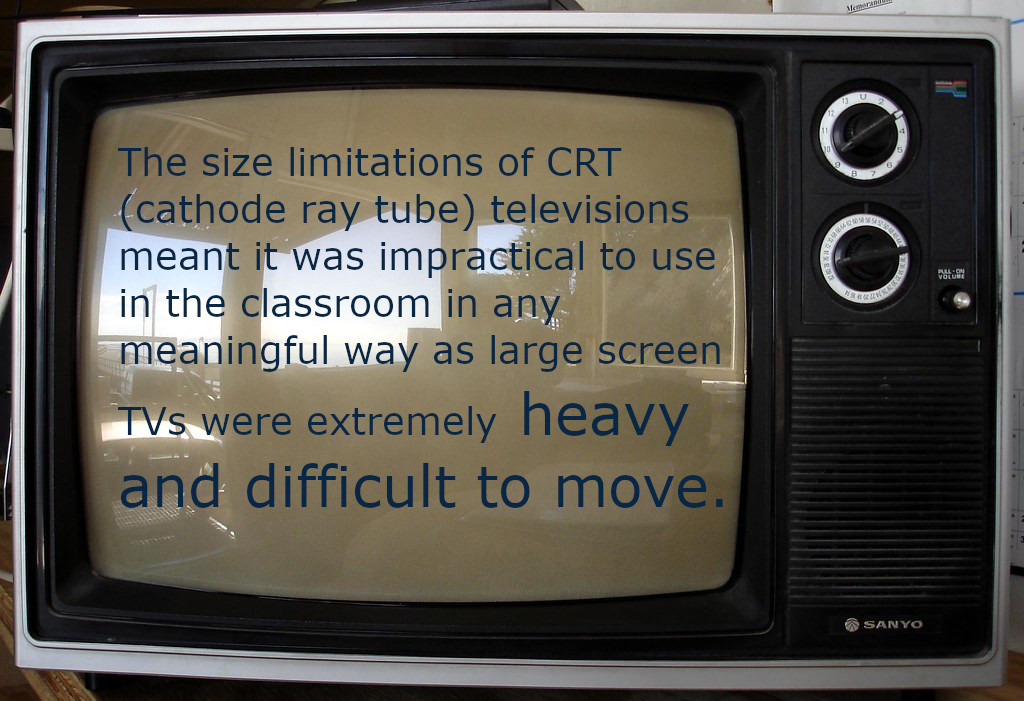
The technology behind touchscreens is simple. Figure out where a user’s finger or stylus is, and then interact. There are two main ways to do this. Either infrared sensors that cover the screen in a curtain of infrared and when the curtain is broken that is when the screen reacts, or by using PCAP (projected capacitive) technology that senses a change in capacitance and then allows the screen to react. There are processors on board the screen that takes that input and allows it to do the various things it can such as onscreen drawing, or multi-touch manipulation of objects or the screen.
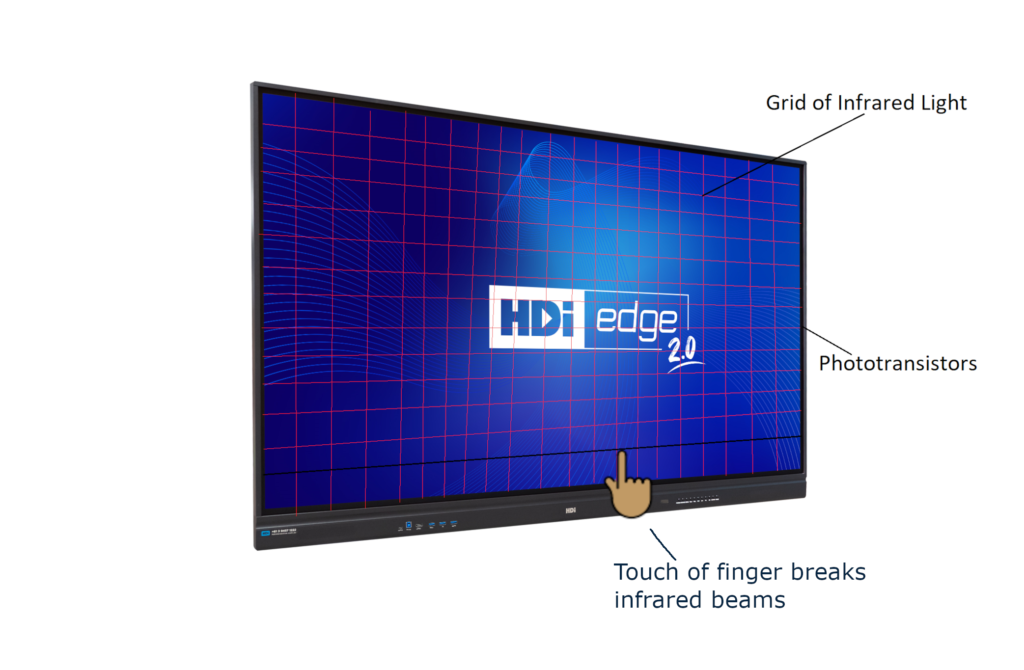
This now allows for teachers and students to interact with different learning topics in ways that might have been more challenging to do before. Such things as being able to freeze a moment in a video to highlight learning areas and then save them for future reference, create infinite learning areas to brainstorm and build ideas over time that can then be repeatedly referred to and being able to use augmented reality where students can manipulate objects that can then be shown in the classroom all from the screen at the front of the room. With multitouch screens there are also opportunities for students and teachers to work together at the screen going above and beyond what a simple whiteboard can offer.
We aren’t quite at Star Trek levels of being able to manipulate virtual objects that are projected in front of us but with the many brands of interactive Screens including the HDi edge2.0 series, classrooms are a little closer to realising that dream.

